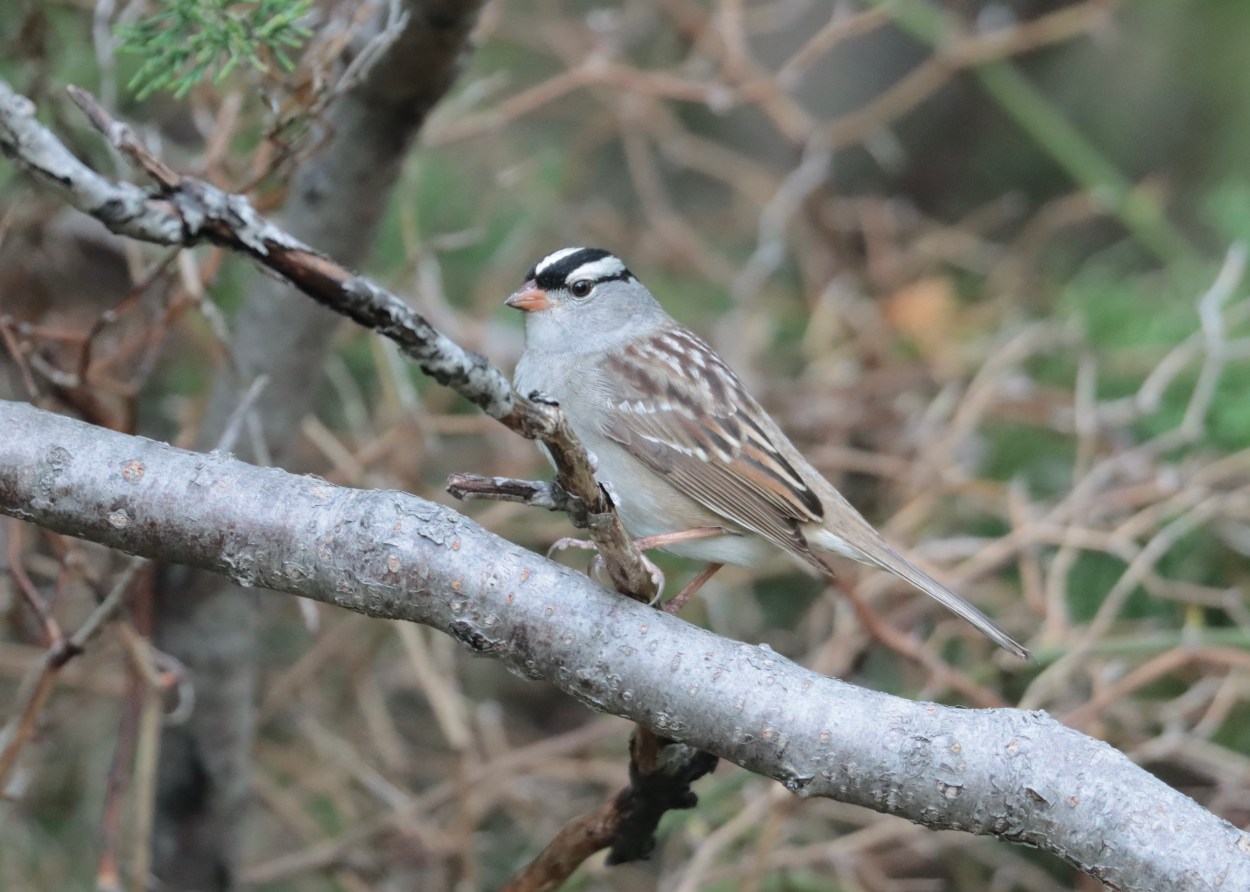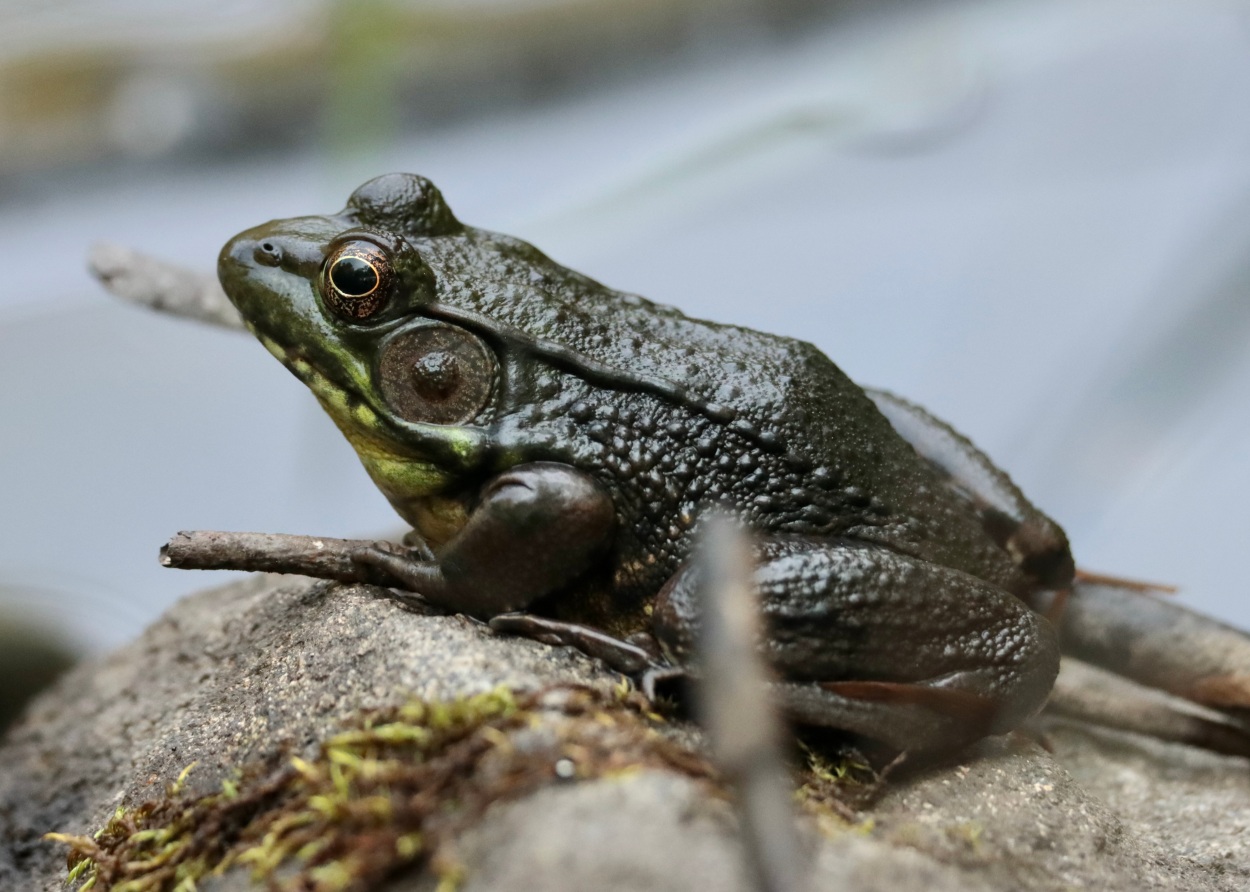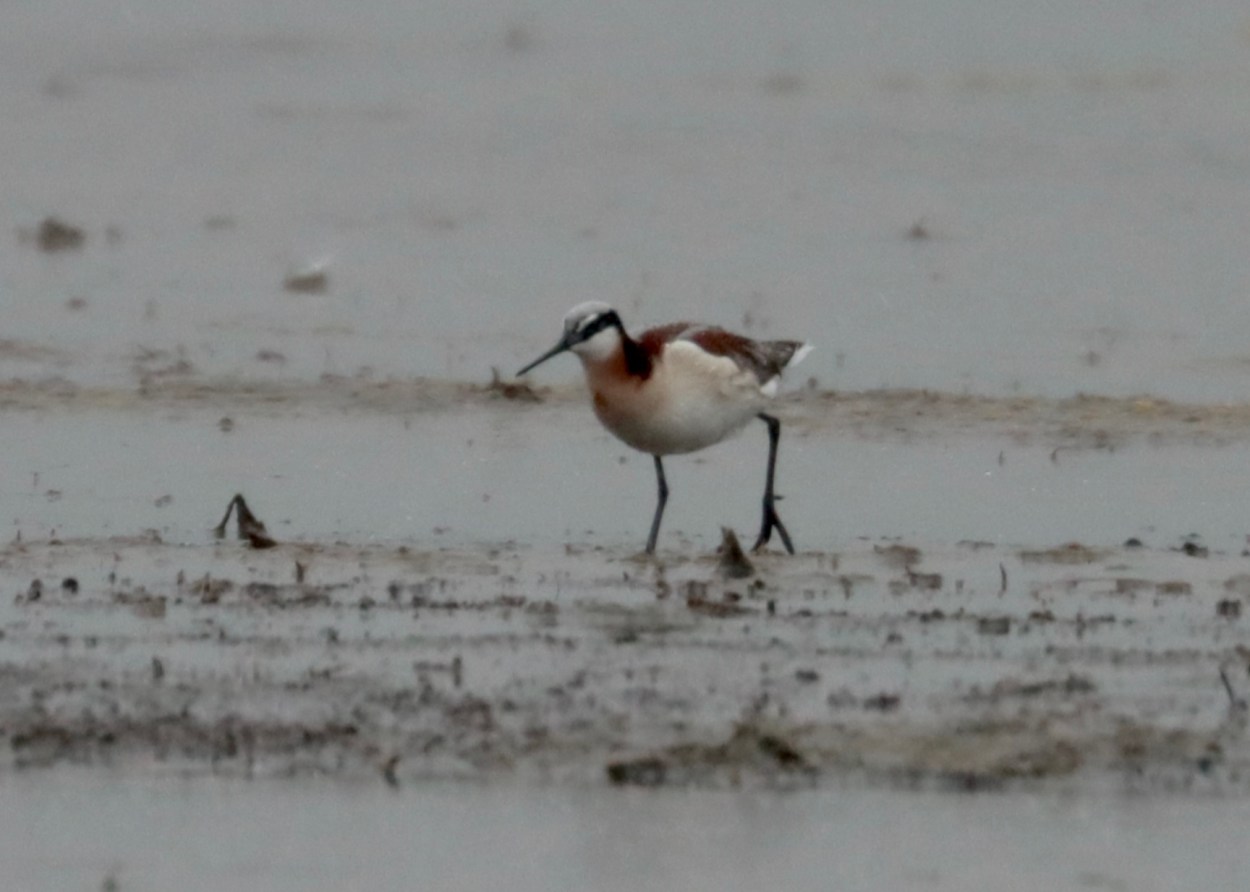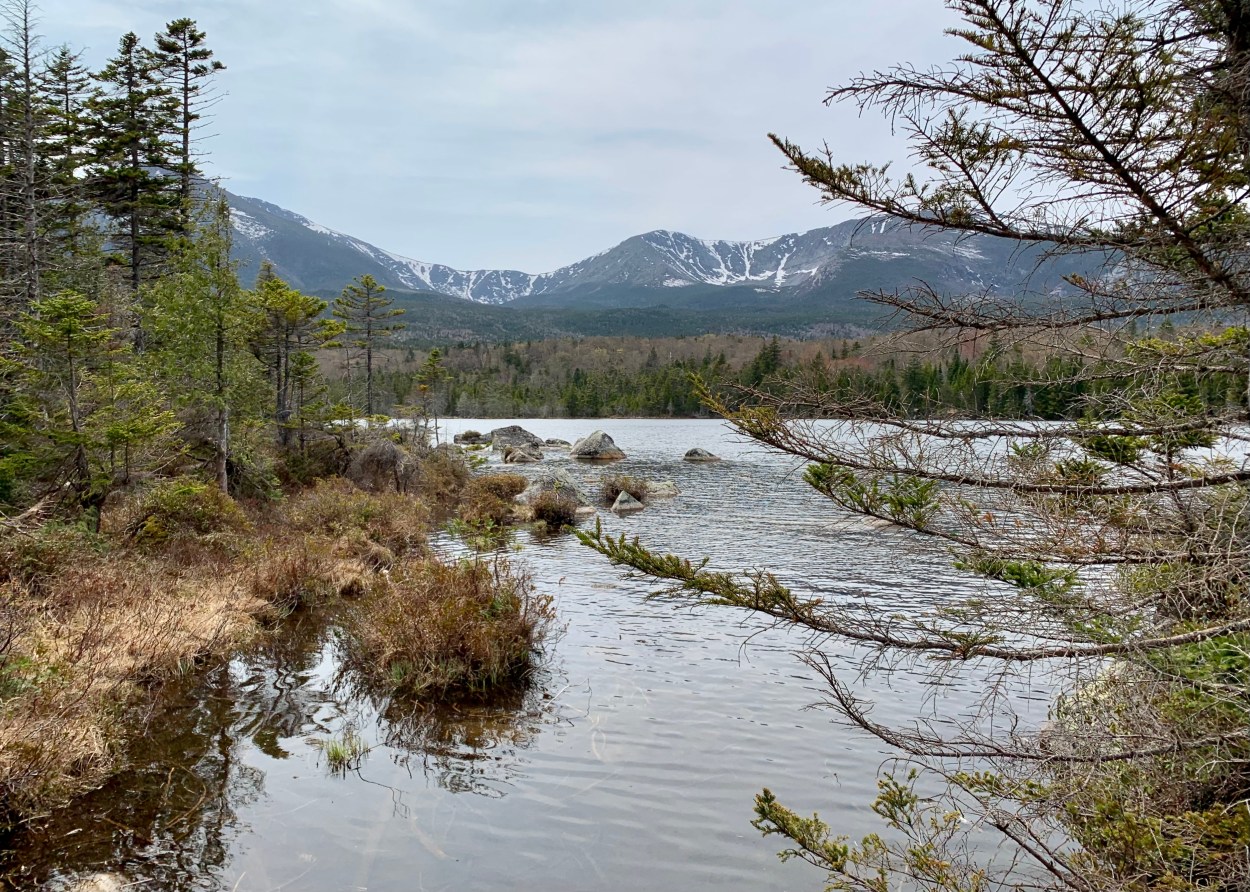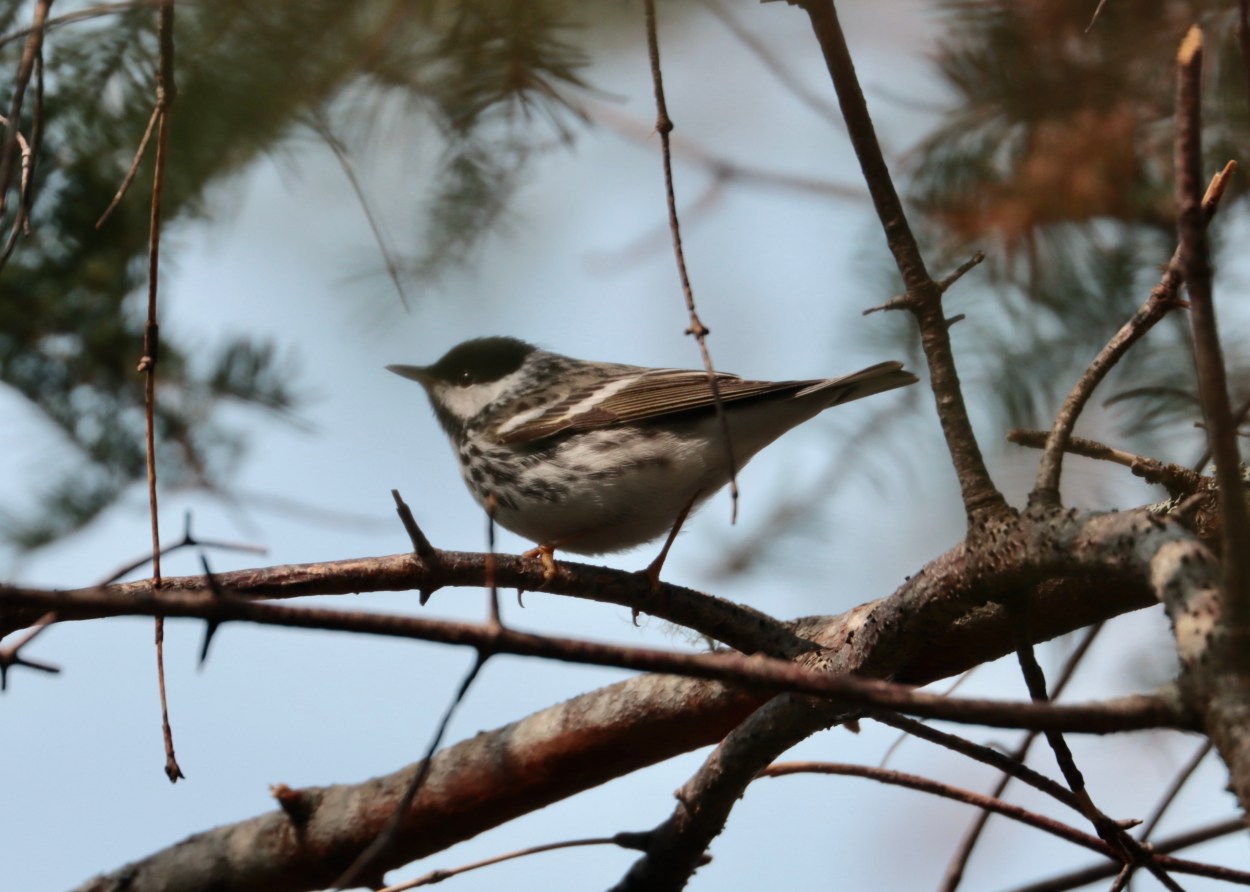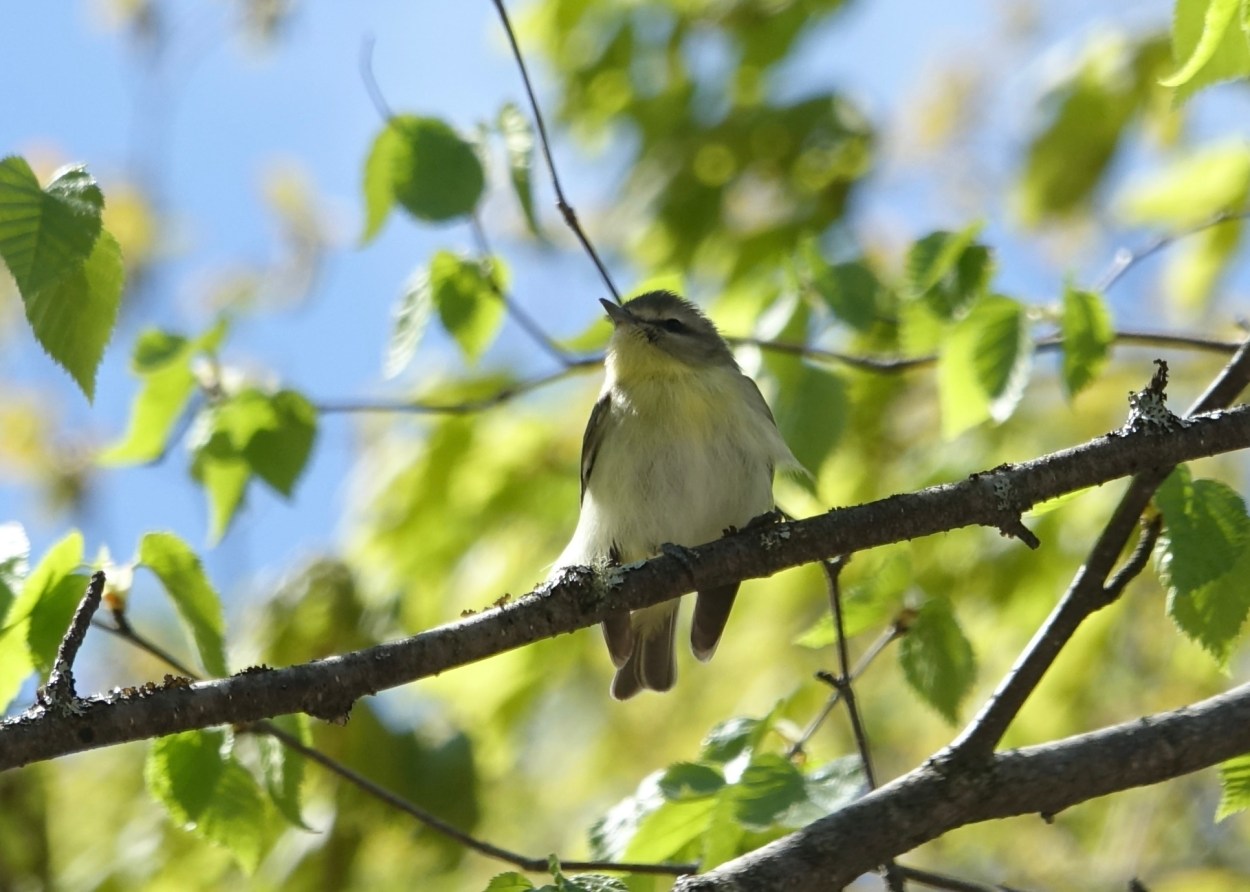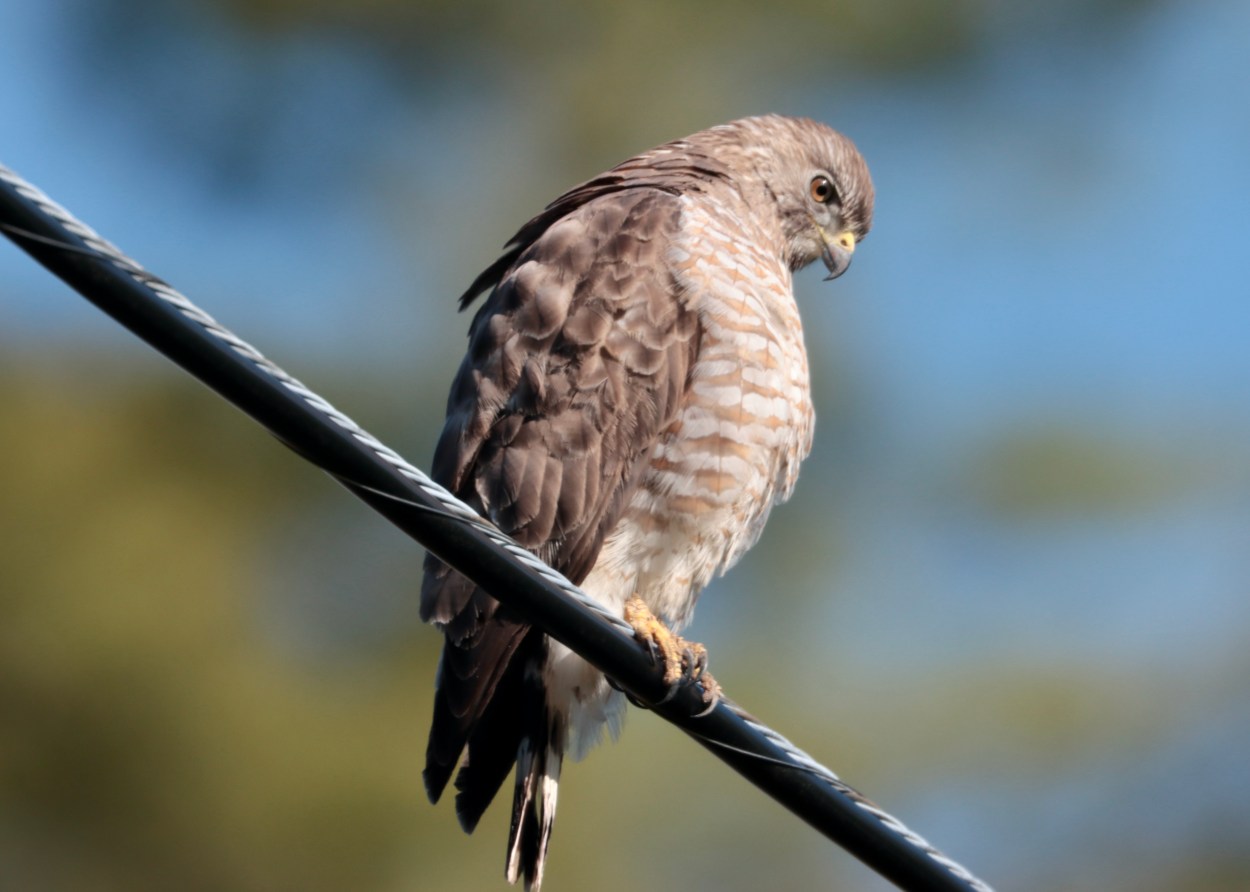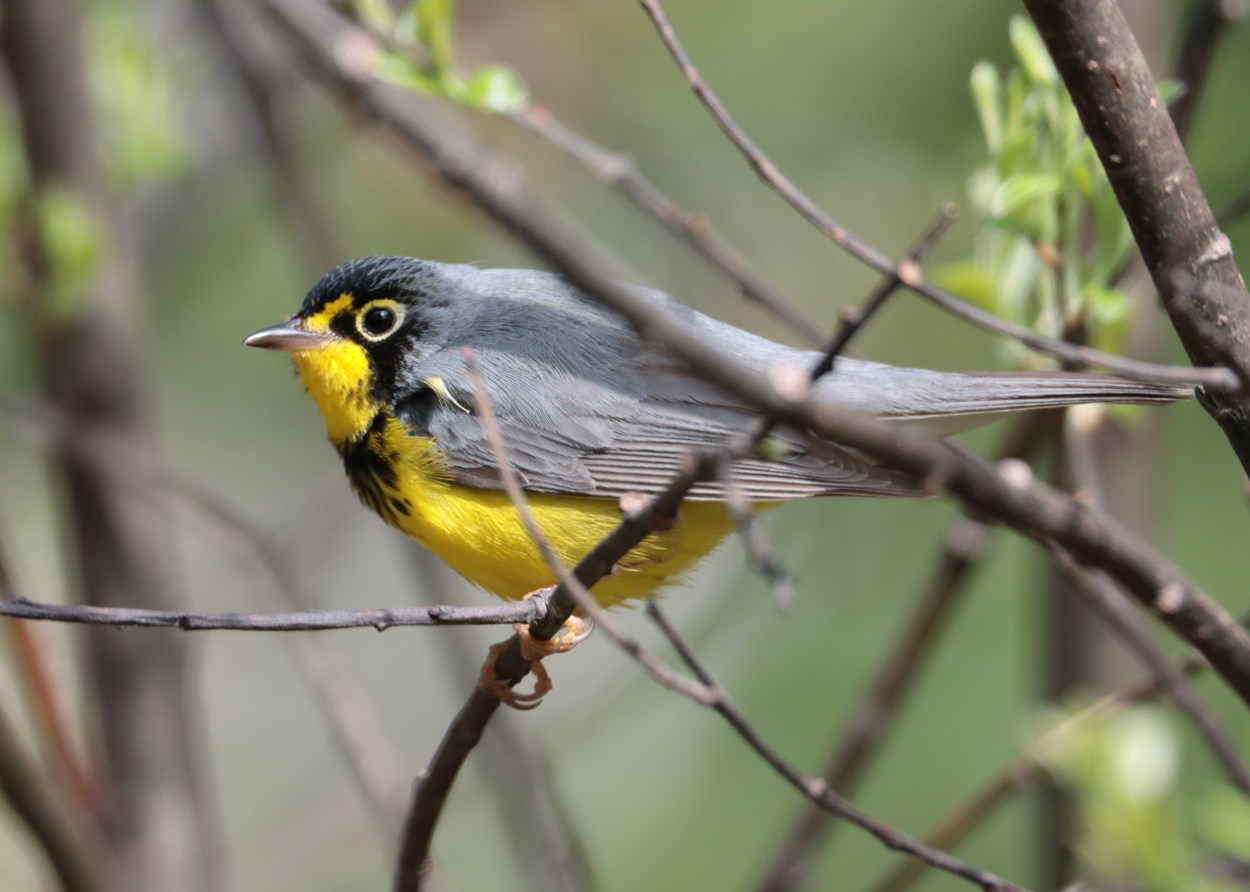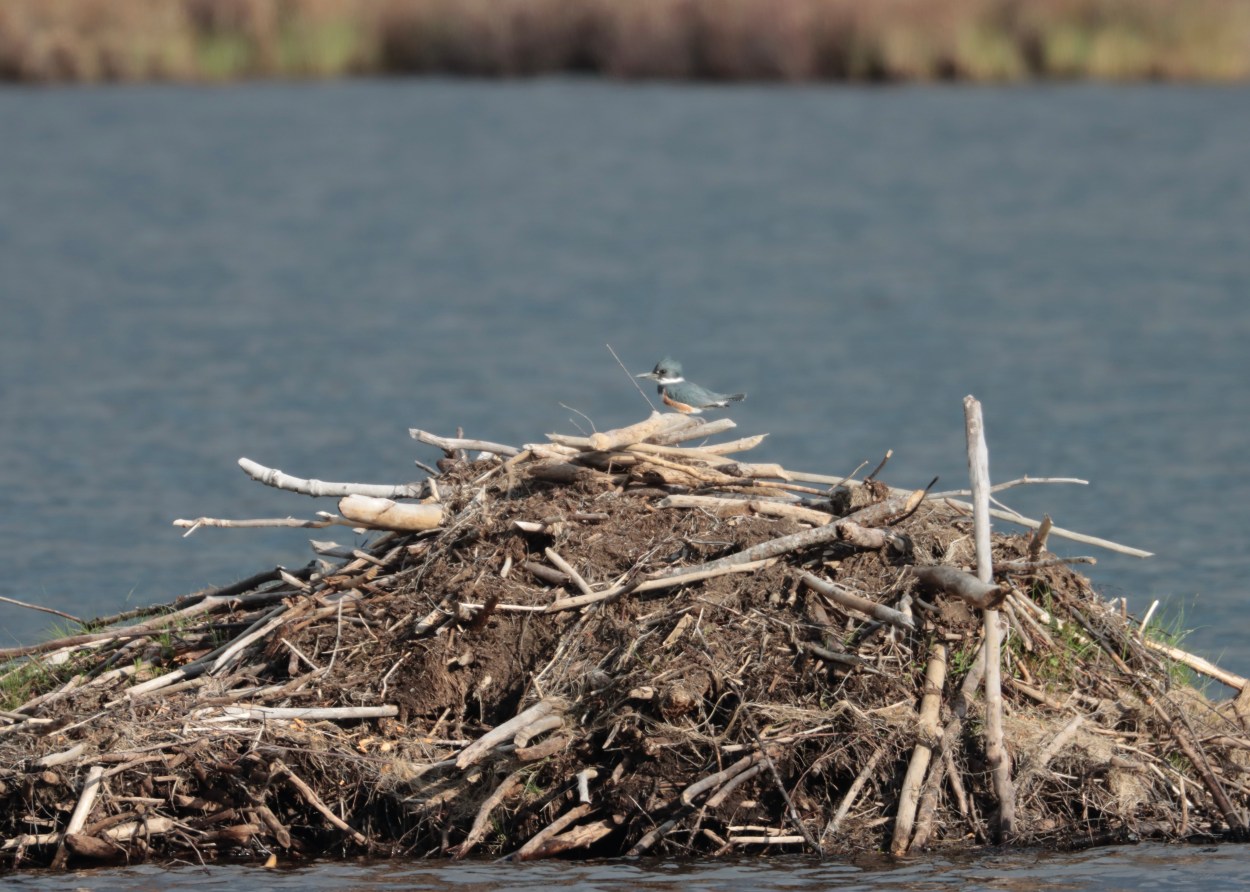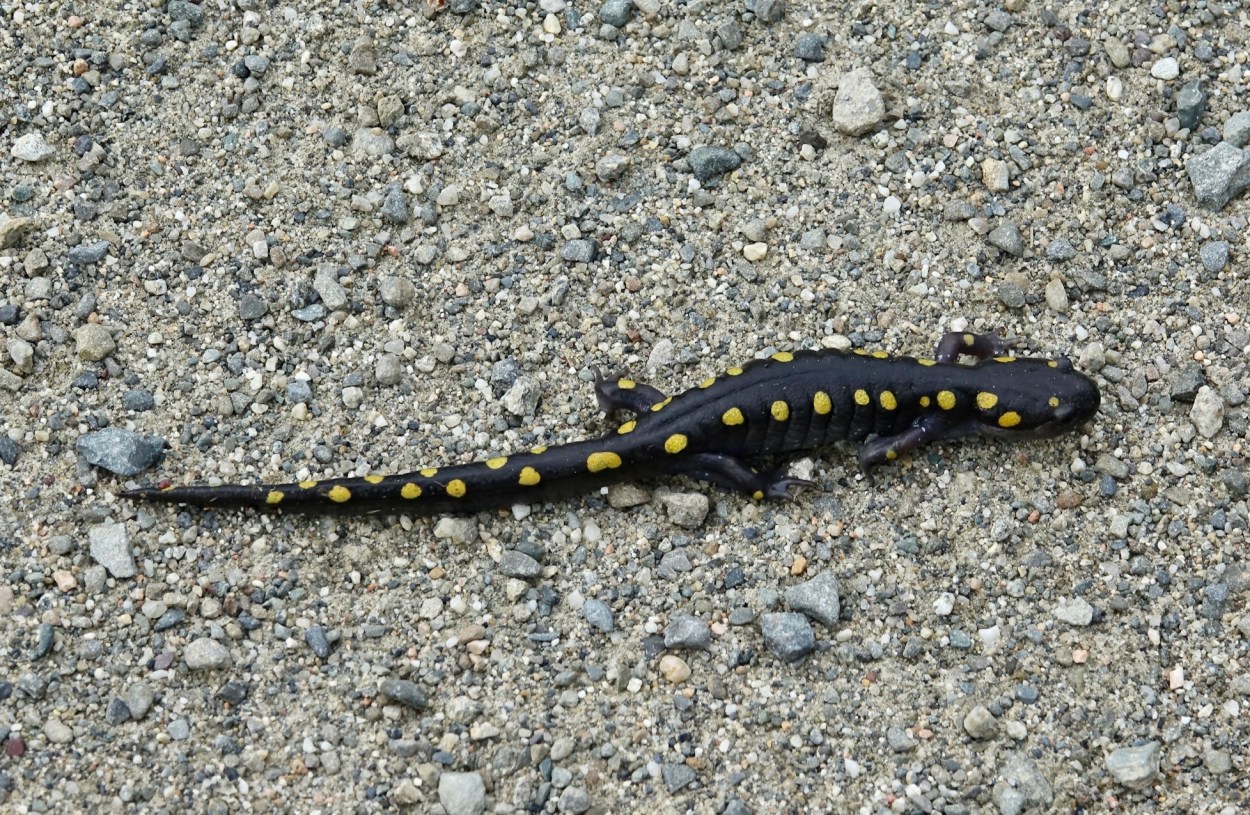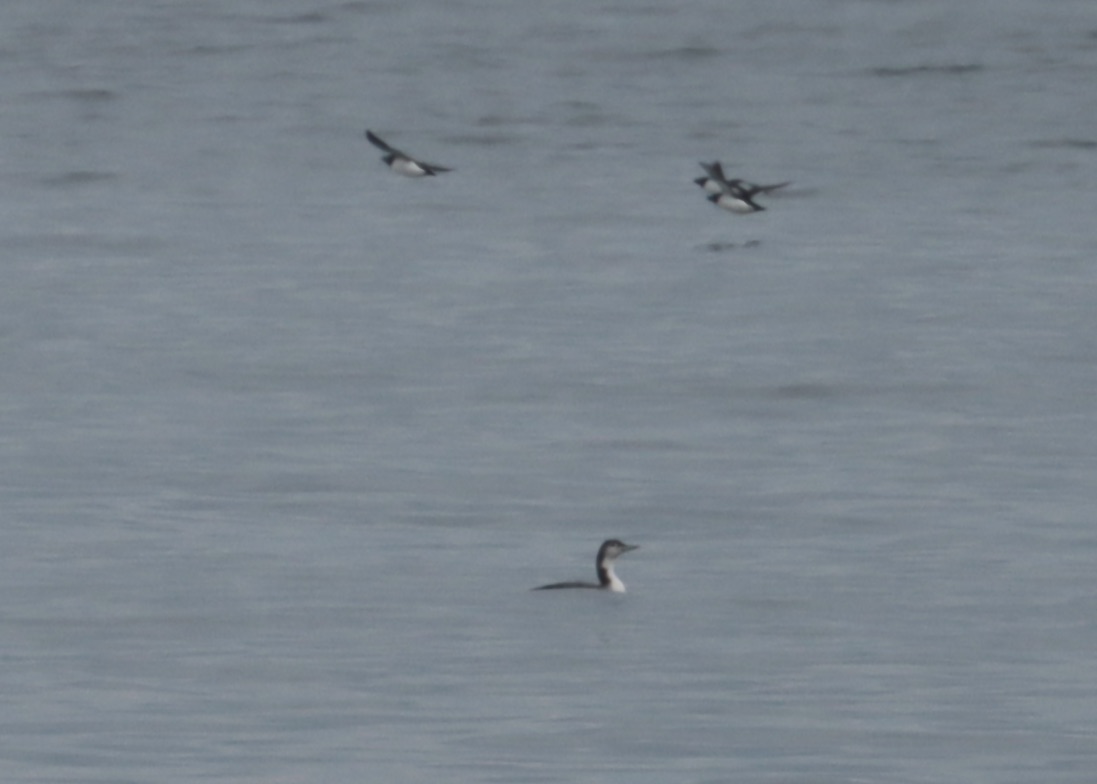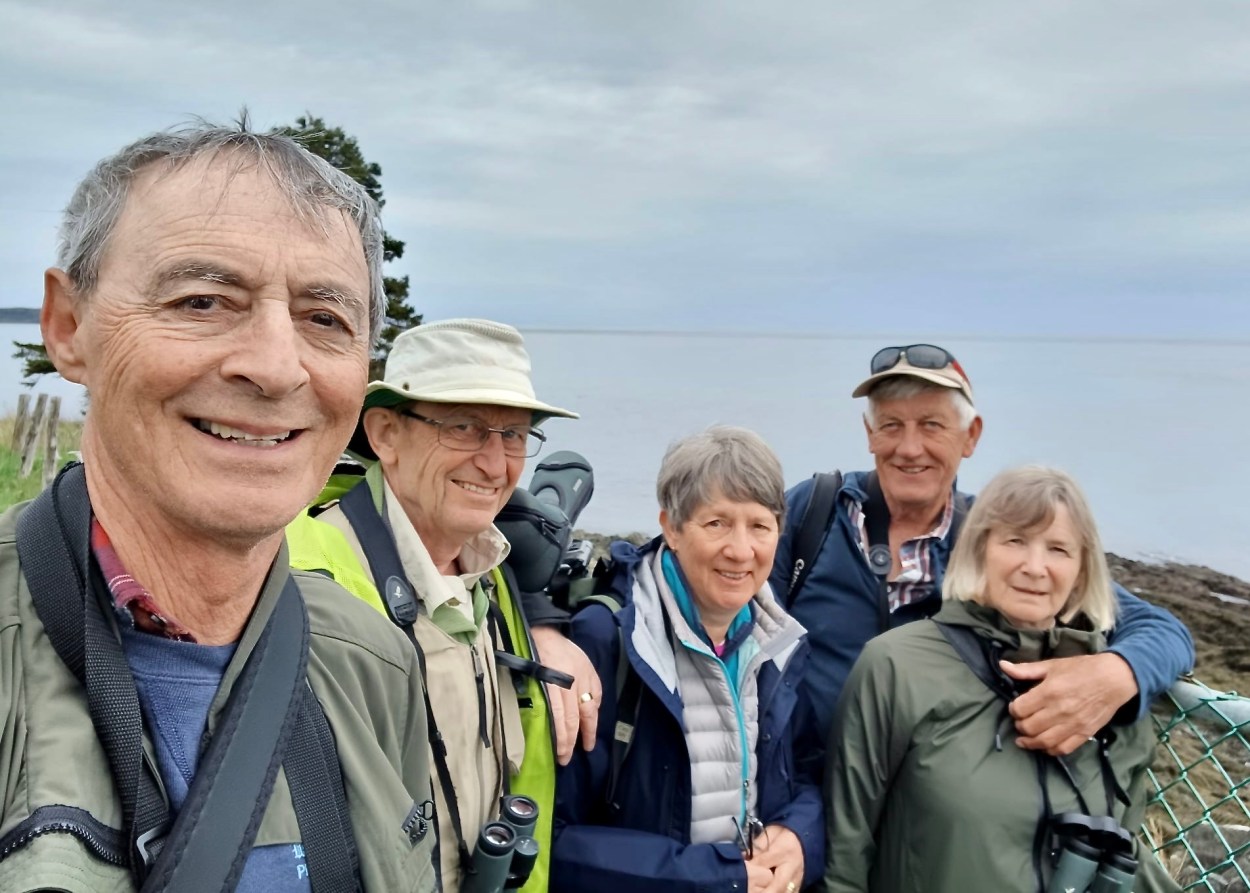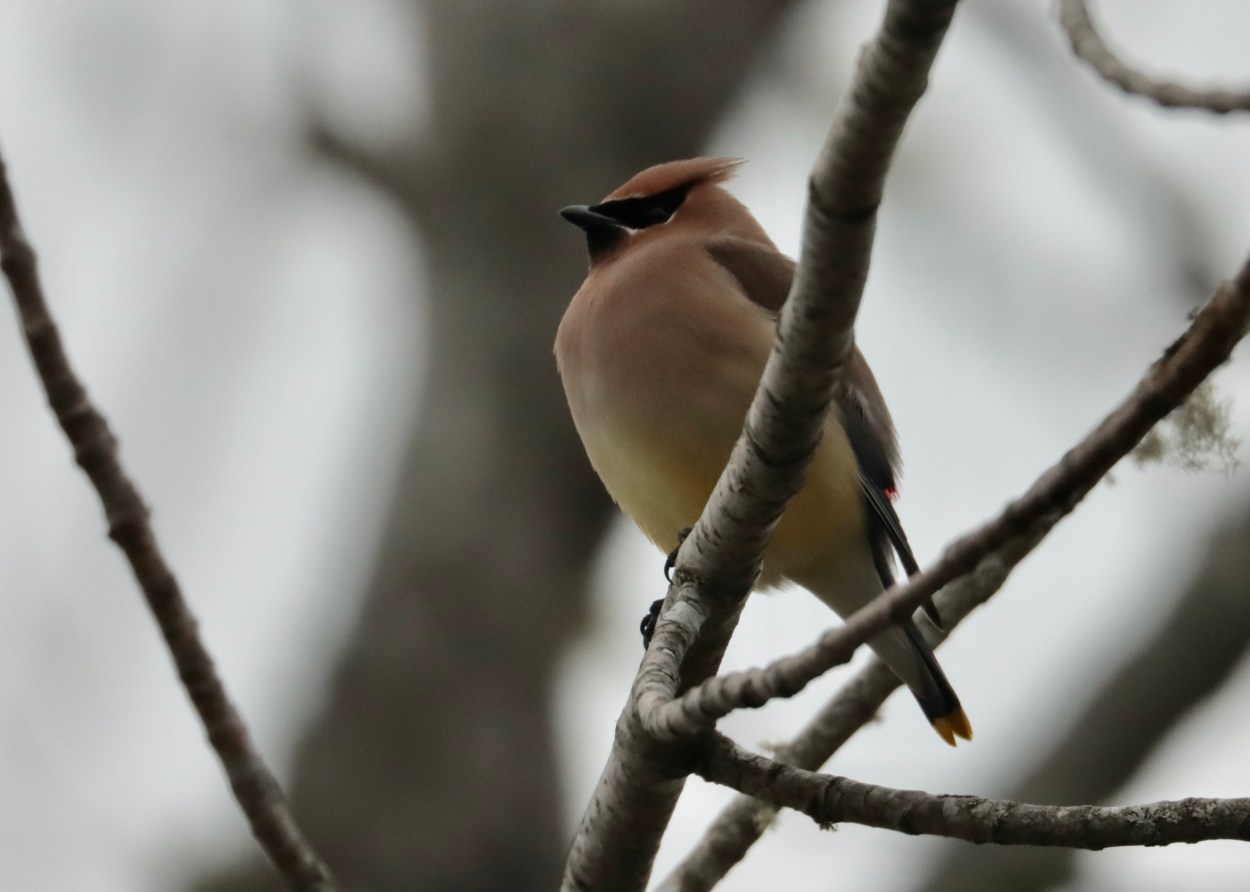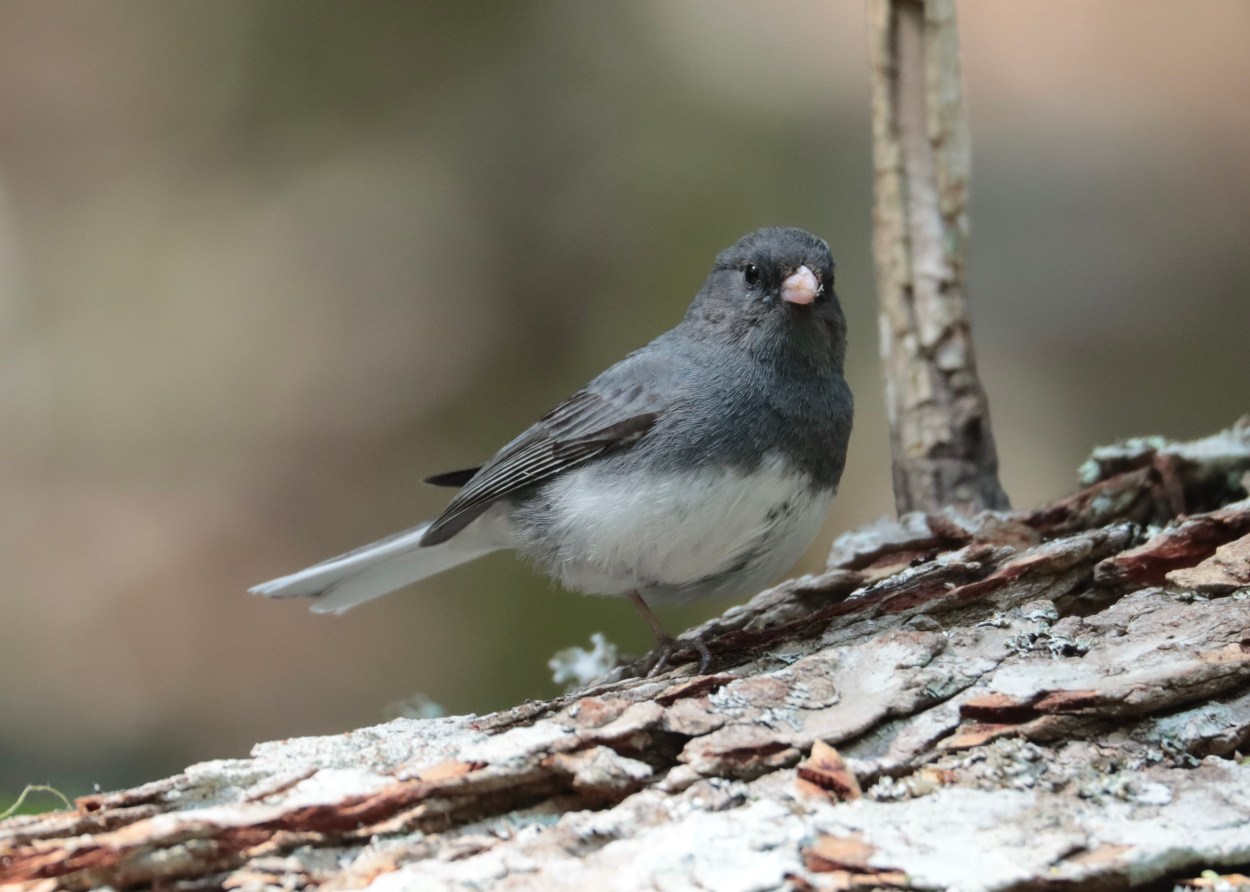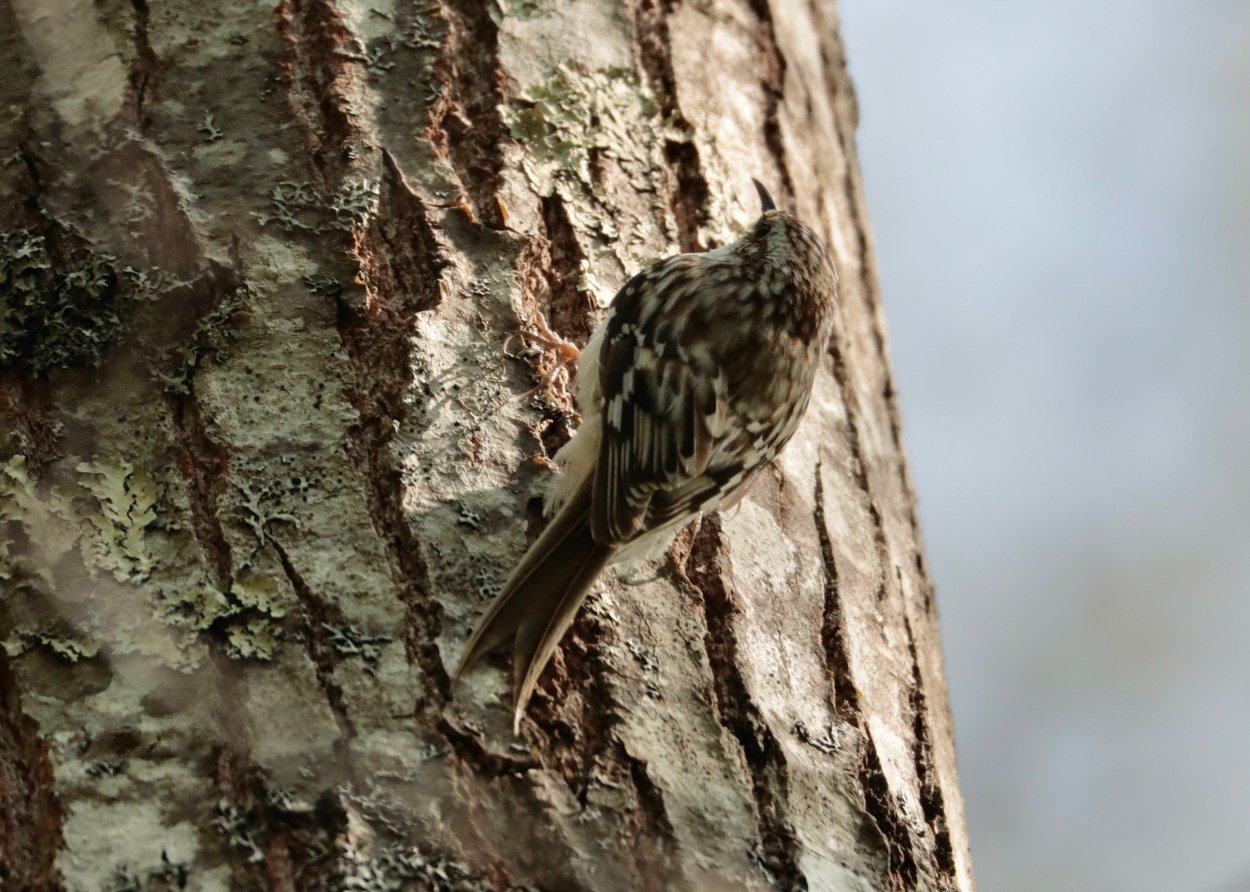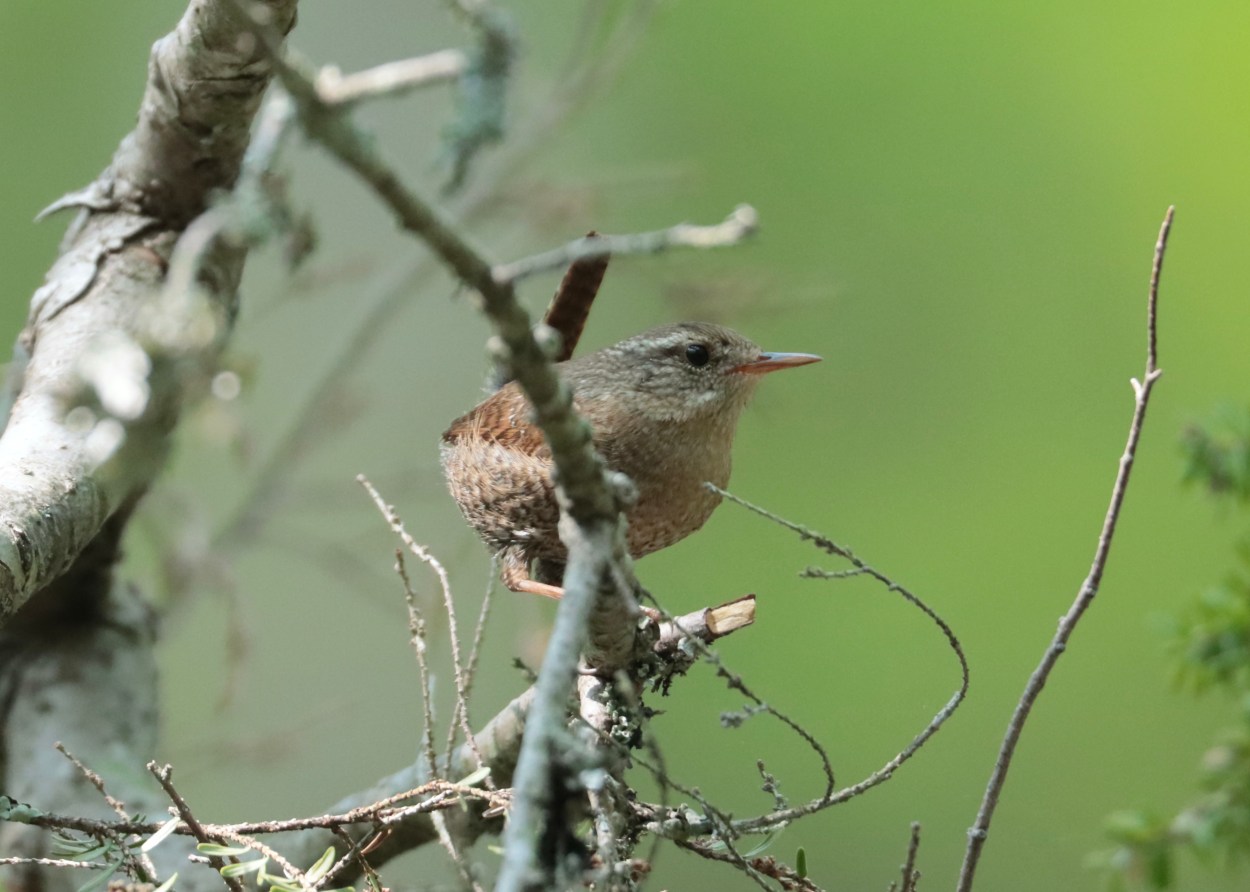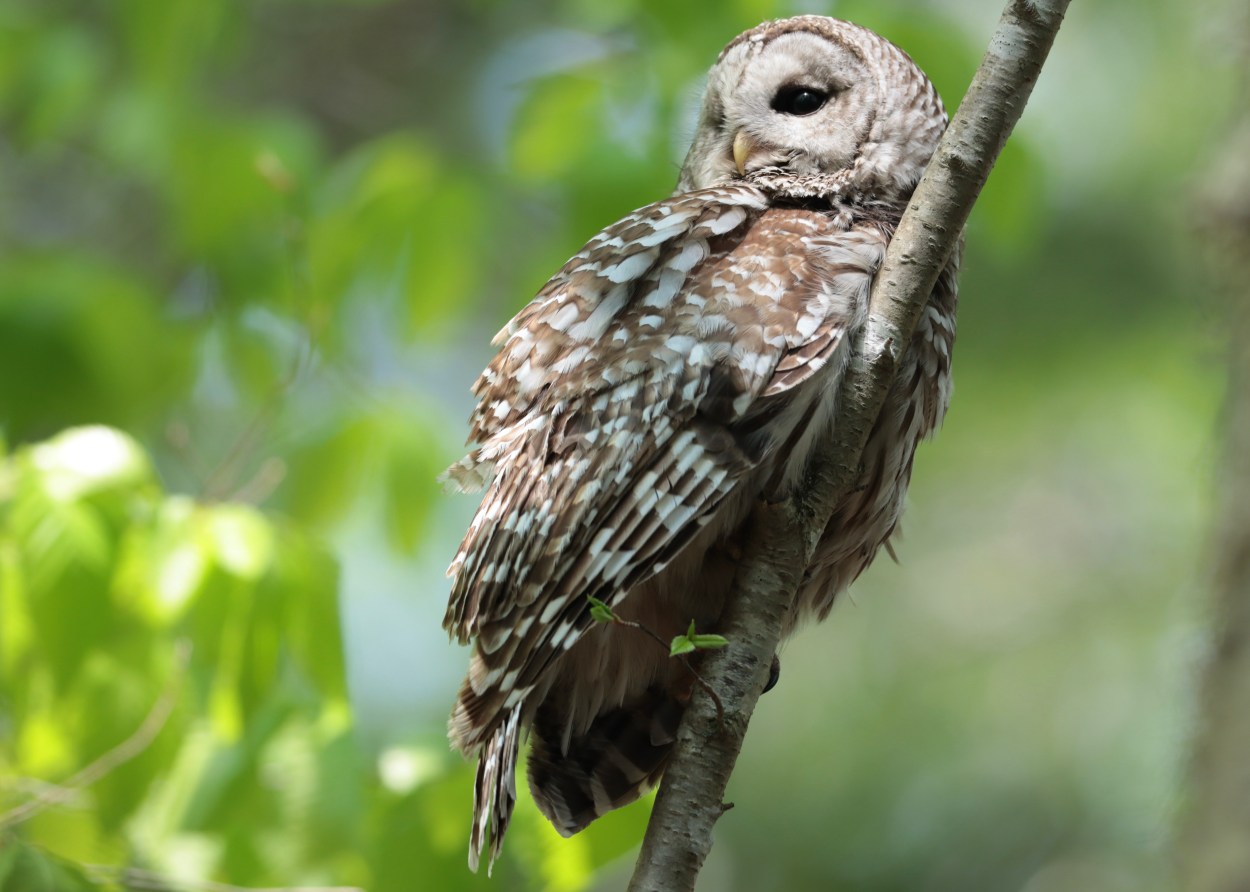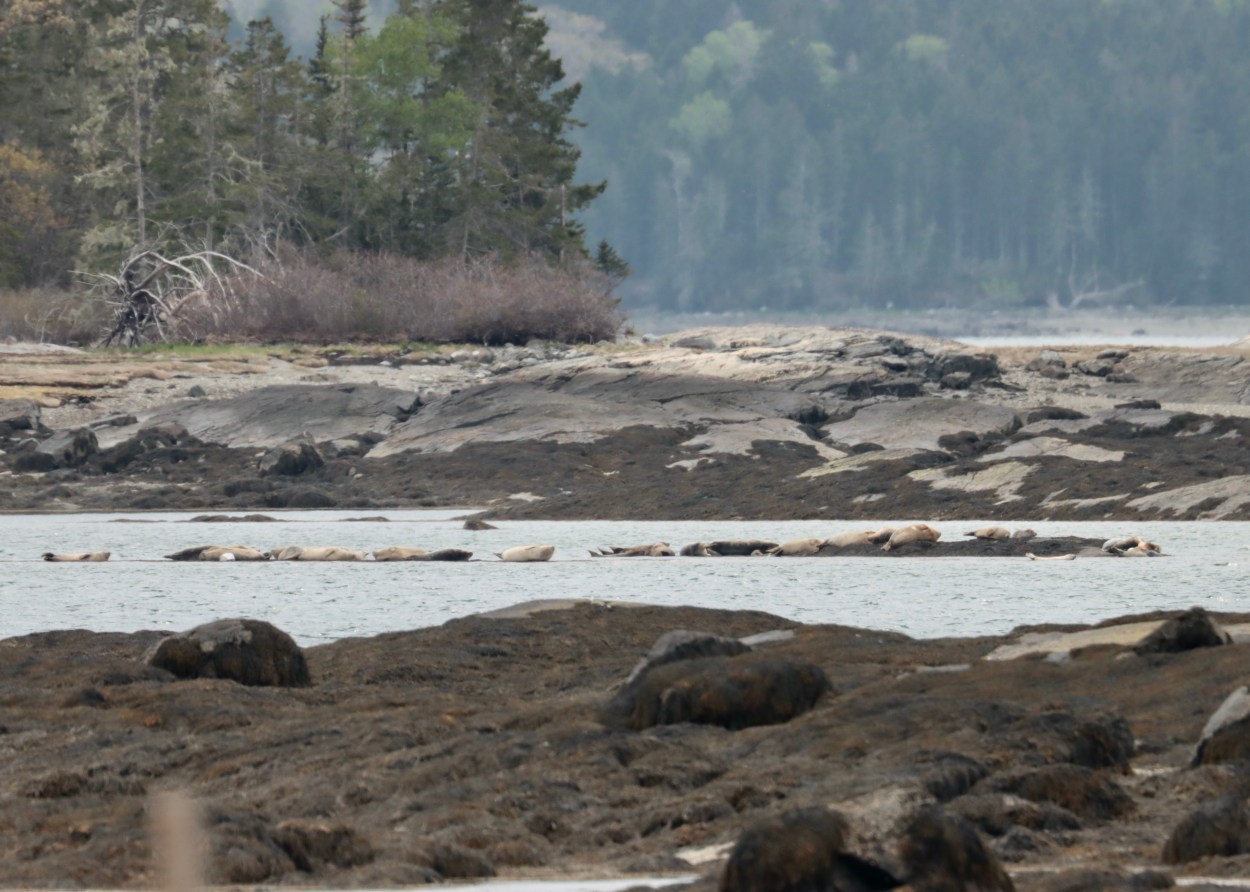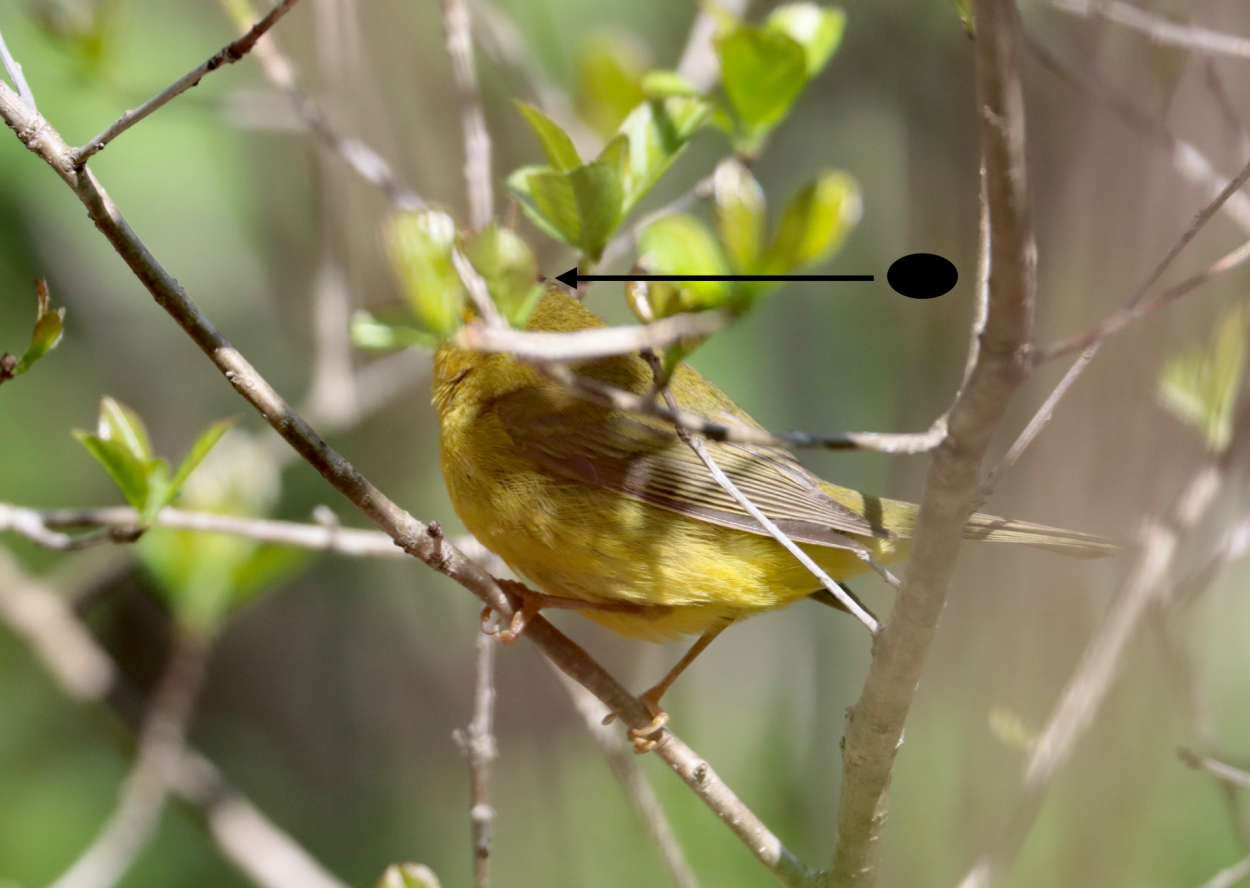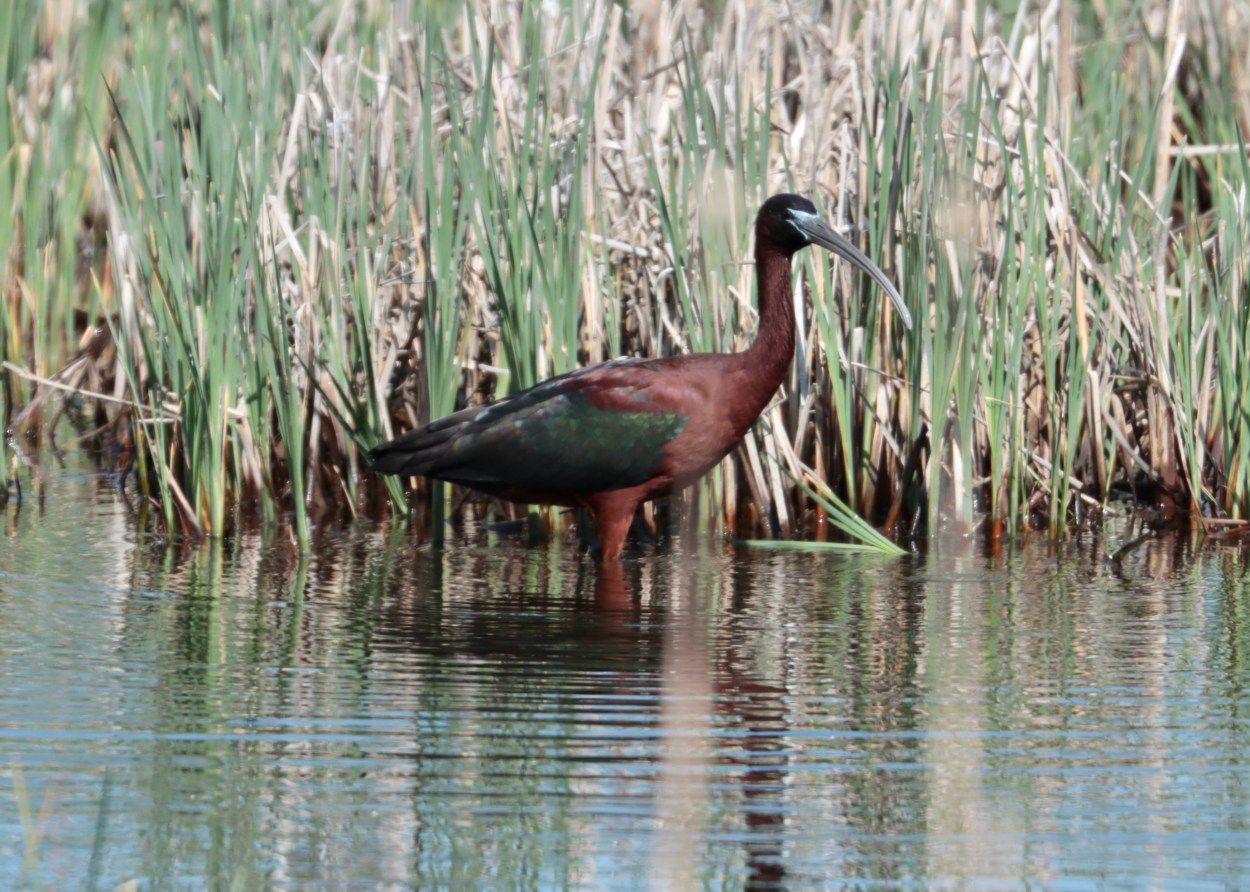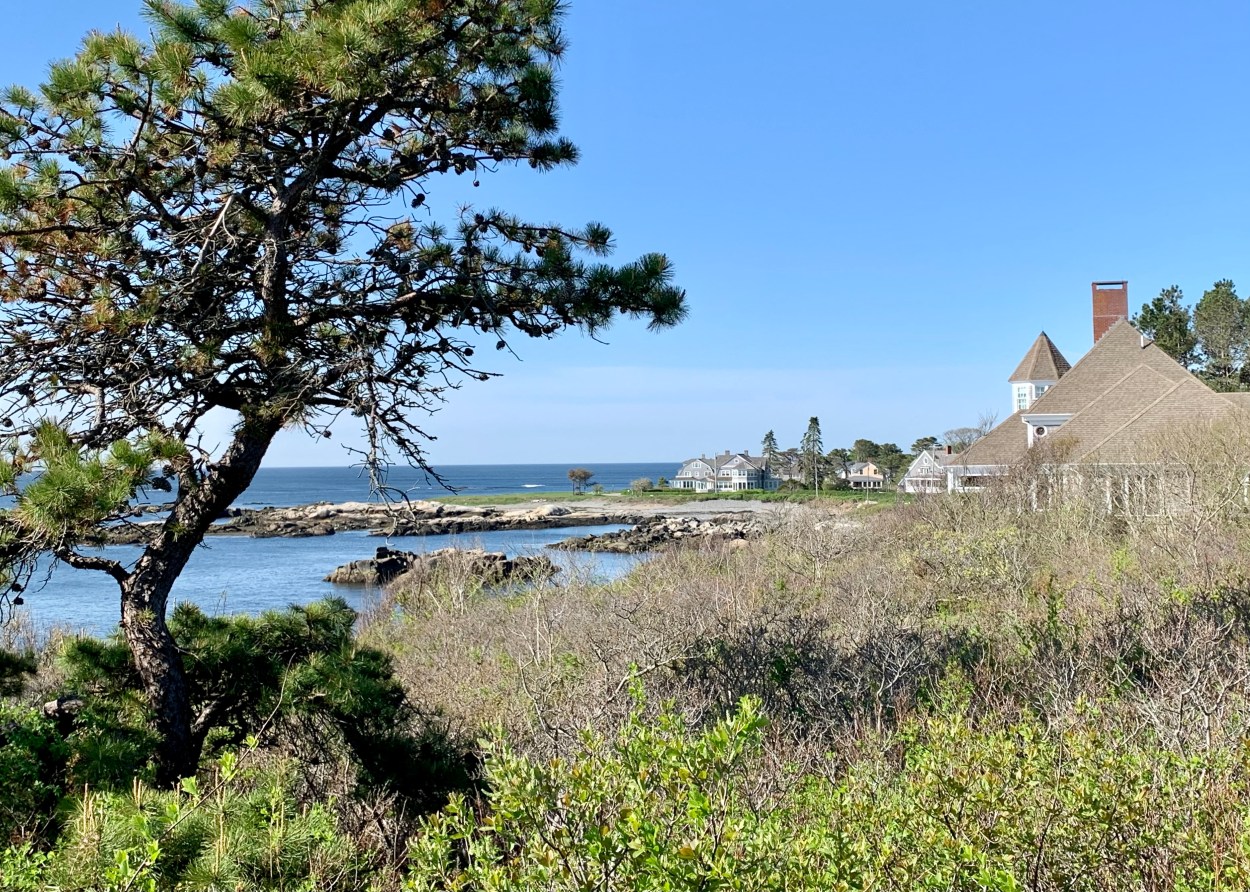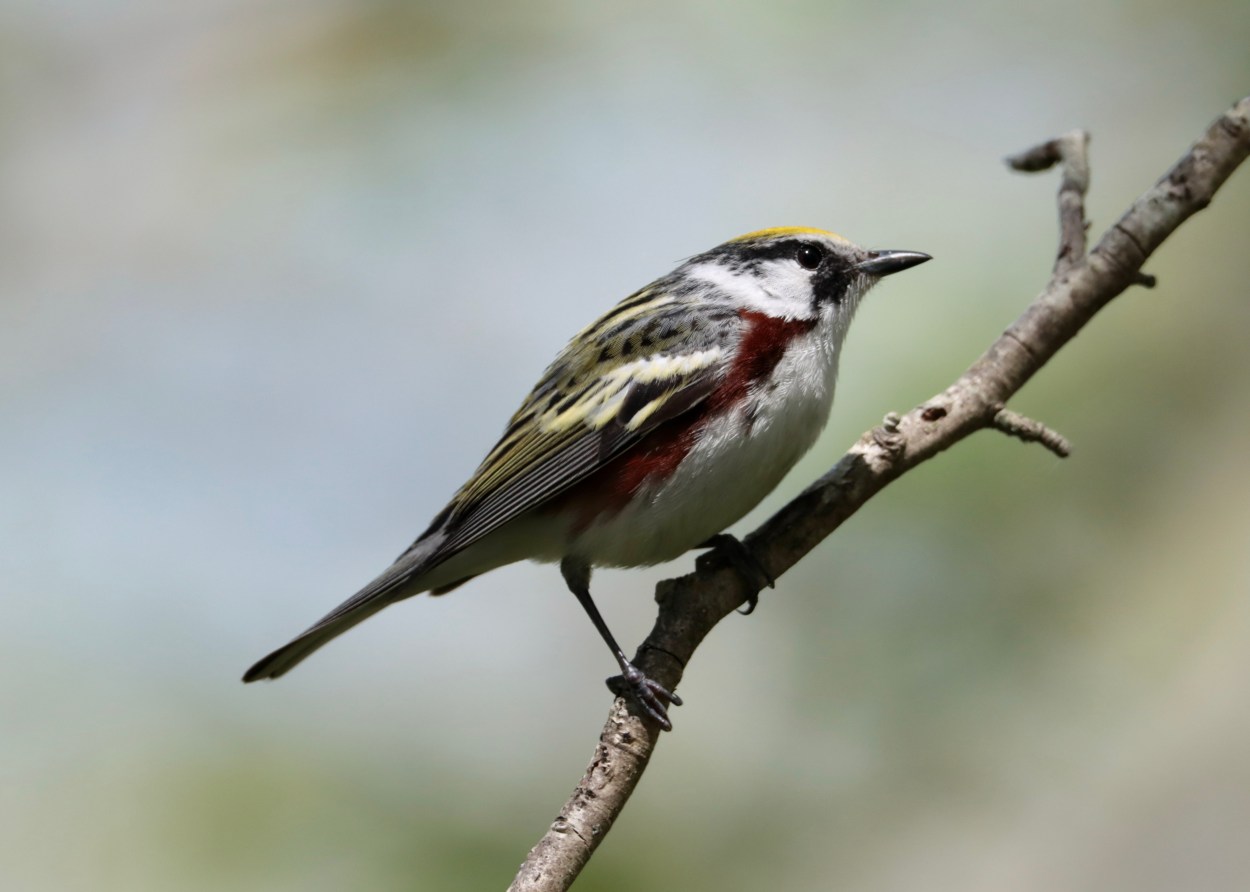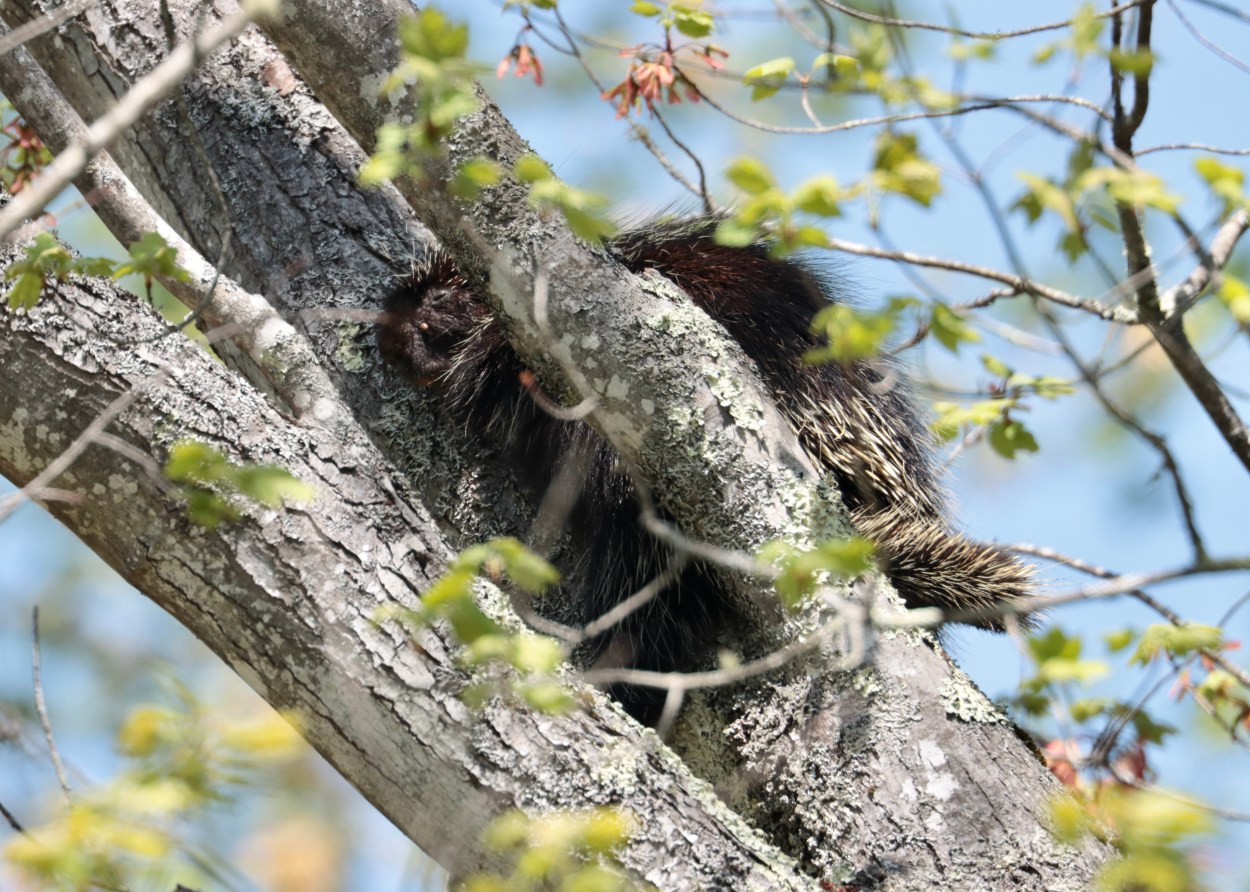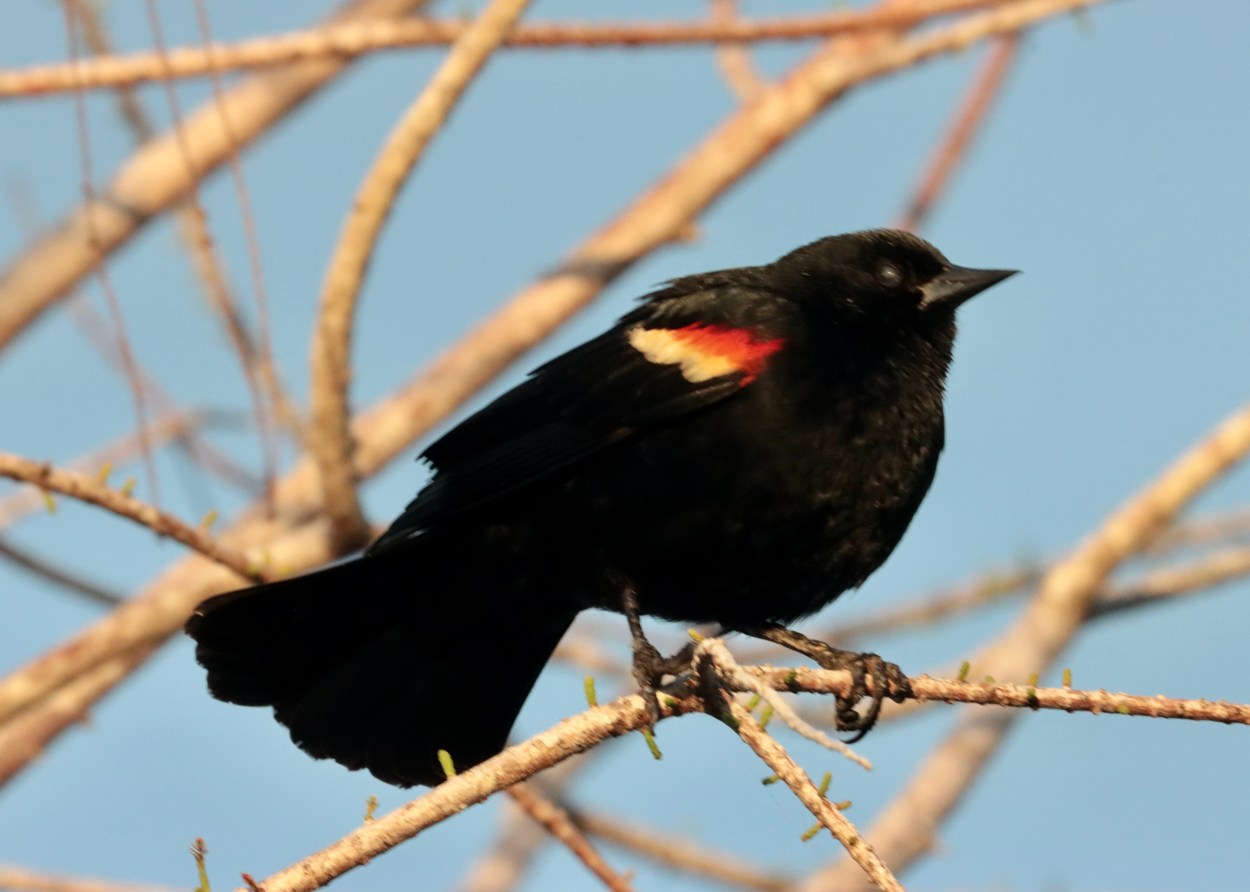
It took longer than w’ed expected to get to Boston airport because of heavy traffic on the approach but the hire car hand-over, check-in and security were very efficient and we were sitting in the terminal with a beer in plenty of time for our scheduled departure. We were a little late in boarding but nothing the captain assured us which would delay our arrival back in the UK. We pushed off the stand and were just taxiing to the end of the runway when an announcement informed us that a passenger was feeling unwell and we were returning to the stand! It took two and a half hours before we eventually took off! Apparently – I was asleep at the time – due to a strong tail-wind and the need to make up time for those with connecting flights our aircraft actually reached supersonic speed over the Atlantic! A straightforward if somewhat lengthy train ride and we were home by mid-afternoon.
It’s been a superb six week journey, up the east coast of America from Florida Keys to the Bay of Fundy, following Spring bird migration. The inspiration for the venture came from our first Great American Birding RoAd Trip, a few years ago, when we followed the birds from Texas to Washington State. There have been many similarities but some significant differences. Whilst our west coast trip was mainly desert, once we left the Rio Grande all the way to the Pacific coast at Monterey, on this trip it was woods and wetlands which dominated. Most of the birds were familiar to us from our first trip but there were still plenty of new ones to watch out for. As I mentioned in an earlier post, this years migration was running late – three weeks we were told by birders on the Dry Tortugas – and it only just caught up with us at the end. During our last couple of days in Massachucetts we were still watching birds, which were destined to breed in Canada, feeding up along the coast and many of the wintering sea-birds remained. As far as variety was concerned we saw far fewer species on the east coast – just less than three hundred – whereas on GABRaT l we saw more than that in Texas alone and our overall list reached over 460. This time we visited more States – 13 in total, plus a few days in Ontario. America is a country of contrasts and we were struck again by the huge number of people who live in make-shift homes and, on the other hand, the opulence of the ‘haves’, with their ‘week-enders’ from Florida to Maine. In the east, particularly in New England, there is more visible history and culture with stronger echoes of European influence – perhaps less visibility of native American culture than in the west. The ‘gun thing’ is prevalent everywhere, even in National Parks in the north with signs telling you to keep firearms locked up – it’s much more overt in the south. Cannabis is legal in the ‘liberal’ States away from the south. The effects of Covid are still evident – a down-turn in the economy, fewer visitors, hotels being used for the homeless and everywhere a labour shortage. Yet the people were universally friendly and welcoming – with birders very keen to engage and share. By far the largest concentration of birders was, not surprisingly, at the The Biggest Week in American Birding – centred around Black Swamp Bird Observatory and Magee Marsh. For sheer atmosphere, anticipation and excitement it couldn’t have been better. We saw loads of good birds close-up and enjoyed much birding banter along the boardwalks – a great experience. The most notable omission from our bird list was Kirtland’s Warbler which we failed to see at Magee and elsewhere. They are generally a late warbler to arrive back on their very restricted breeding grounds and with the delay in Spring migration we were too early – the first one turned up in Ohio the night before we left for Canada! But overall it’s been a great birding road trip, reinforcing our love of American birds and birders. It was really nice to be joined along the way by our good friends Bob & Sue, Andy, Phil & Carolyn and Neil & Nicola – some great birding moments shared. A huge thanks goes to Jane for doing the lions share of the organising. Until the next time – possibly a trip up ‘the middle’ New Orleans to North Dakota?

